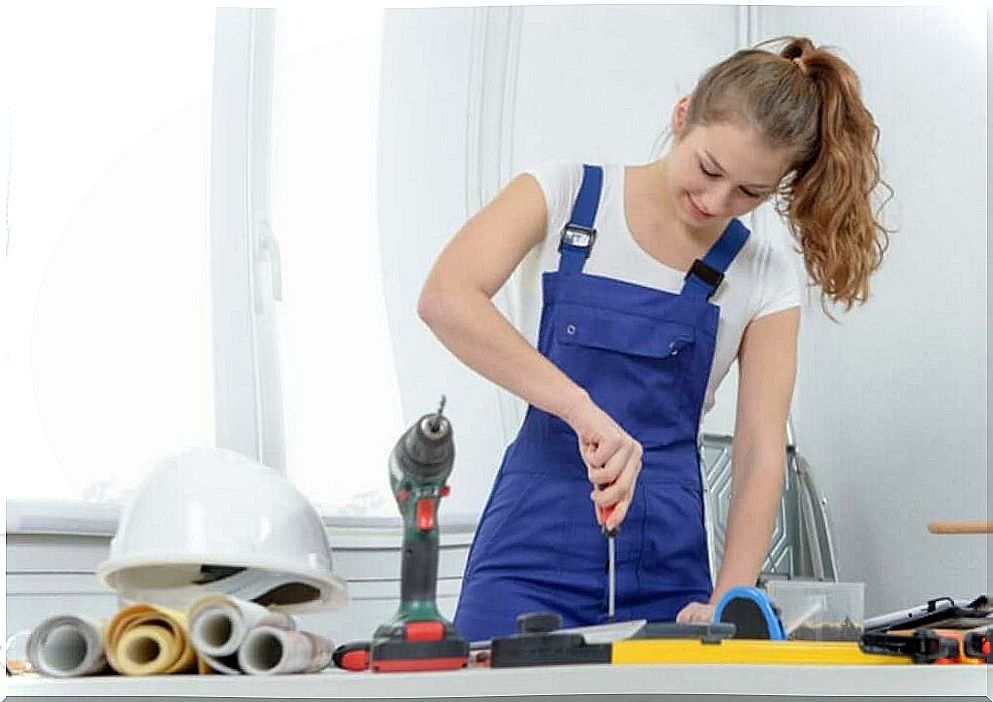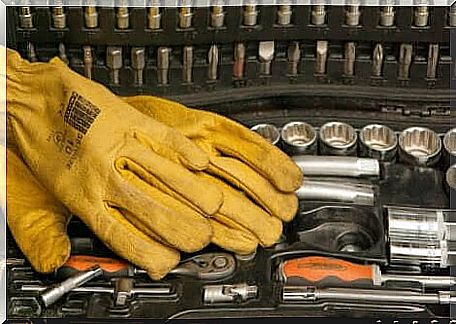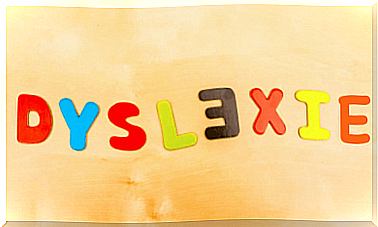The Ikea Effect: Enhancing The Value Of What You Do By Yourself

The Ikea effect refers to a curious fact that many of us often experience: the pleasure of building things on our own. The “do it yourself” is triumphing in the marketing world and goes far beyond the realm of DIY and furniture. Business and advertising psychologists have known about this cognitive bias for decades.
Who has never carried out these actions? Set up a desk, bake a cake with all the ingredients already prepared in the box or even paint a picture following specific instructions. We love that sense of efficiency we get when we do something with our own hands.
This feeling even allows us to value the end product much more, whether it is a piece of furniture, a dessert or even a tincture. This is well known to companies and it increases the price of what we have acquired. Because beyond what one might think, making your own wardrobe is not more economical. Let’s dig deeper into the subject.

The Ikea effect: five characteristics to know
The Ikea effect is almost as old as the Swedish multinational itself. However, it was in 2011 that this cognitive bias was first invented.
It was doctors Michael I. Norton of Harvard Business School and Daniel Mochon of Yale University who described in a study this tendency to value a product much more when we manufacture it ourselves. When consumers assemble the furniture themselves, they add more value to the end product.
A kind of affectionate bond has been created with this bed that they have assembled, this table that they have assembled or these chairs that they have received in individual pieces, as long as the assembly is not excessively complex. The Ikea effect teaches us a lot of things …
Even if you think otherwise, you don’t pay less
The Ikea effect is a very beneficial strategy for large companies. The Ikea effect means that the more we try to do something, the more we’ll appreciate it. This makes us ignore the fact that we are paying more for a product that should cost a lot less (since the manufacturer avoids assembly costs).
Companies like Ikea itself and Build-a-Bear (build your own teddy bear) are following this business model. We mistakenly think: the price looks cheap when it isn’t.
Ikea effect: even if the piece of furniture is crooked, it is “my piece of furniture”
The Ikea effect is also based on another curious cognitive bias: endowment. We establish a sense of ownership over what we ourselves have done. It doesn’t matter, for example, that this table in the room is crooked.
It’s my little table because I set it up. Because I spent almost two hours putting it together. And that this object therefore has a part of me. Although the end result is not ideal.
Self-efficacy and the need for competence
There is something remarkable in the fact of making this cake of which we are already given all the ingredients in a box. There is also a certain pleasure in putting up a wardrobe or this bunk bed for our children.
These tasks give us a pleasant feeling of personal efficiency. And few things have such positive reinforcement as seeing that we are able to accomplish something by following instructions.
These experiences help to improve our view of ourselves. It’s no wonder then that when someone finishes assembling a product, they show it to their loved ones.
This sensation has already been anticipated by large companies. That’s what they want us to feel. Because in this way we do not perceive that this product has a price which, in reality, does not correspond to it …
Do it yourself with your own raw materials and without instructions
There is a much more rewarding approach that allows us to return to our psychological potential. Let’s innovate… Let’s use the most radical creativity and create our products without having to resort to “prefabricated”. You can, for example, make a fabulous dessert without these kits sold in supermarkets.
Sometimes there is nothing more entertaining and rewarding than restoring old furniture. There are many other formulas that you can feel competent with and have a wonderful end product. The Ikea effect is more and more common in the market, so it is interesting to spot the brands that use it.










